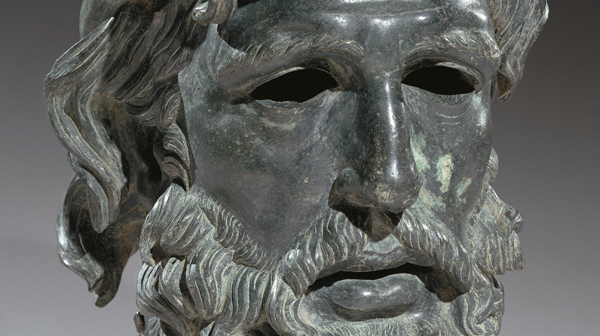
Power and Pathos: Bronze Sculpture of the Hellenistic World Symposium, VI: Uses and Abuses of the Luxury Arts: Tryphe in the Hellenistic World
Kenneth Lapatin, associate curator of antiquities, The J. Paul Getty Museum
The exhibition Power and Pathos: Bronze Sculpture of the Hellenistic World, on view at the National Gallery of Art from December 13, 2015, through March 20, 2016, presents some 50 bronze sculptures and related works, dating from the fourth century BC to the first century AD. They span the Hellenistic period when the art and culture of Greece spread throughout the Mediterranean and lands once conquered by Alexander the Great. The exhibition provides a unique opportunity to witness the importance of bronze in the ancient world, when it became the preferred medium for portrait sculpture. In this public symposium held on March 18 and 19, 2016, in conjunction with the exhibition, Kenneth Lapatin uses economic arguments to challenge the notion that bronze sculpture was as highly valued in antiquity as it is today. He then examines the Hellenistic production of artifacts fashioned from gold, silver, hard stones, ivory, and other expensive, exotic materials and explores how they were deployed by ancient elites in a variety of contexts.